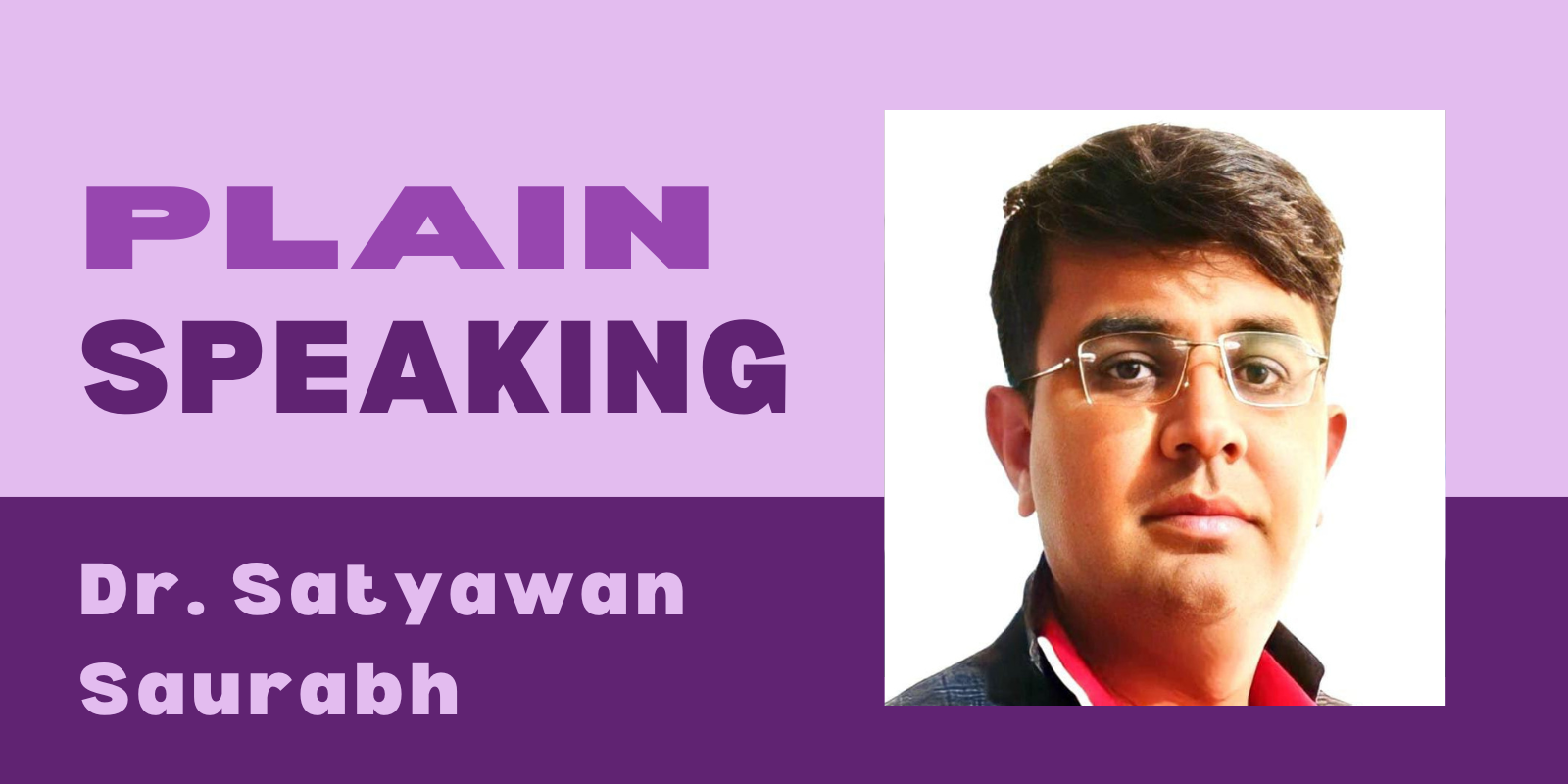Heat waves in India are no longer just a seasonal inconvenience but a serious public health crisis. The frequency and intensity of heatwaves reached record levels in 2024, particularly in northwest India. Extreme temperatures have led to a rise in dehydration, heat stroke, and respiratory and cardiovascular diseases, disproportionately affecting the elderly, children, low-income groups, and outdoor workers. Issues such as the urban heat island effect, water scarcity, power cuts, and reduced work productivity are further complicating the situation. Workers and women have to work in extreme heat, affecting both their health and livelihoods.
Heat waves are not new to India but have become increasingly dangerous in recent years. Once considered a seasonal variation, heat waves have now become a regular disaster in our cities and villages. In 2024, northwest India recorded 181 heatwave days — the highest ever. These numbers are not just weather statistics; they are a clear warning of the threat to life, health, and livelihoods. Heat waves, prolonged periods of extreme heat above the normal temperature range, have become more severe in India due to climate change. In 2024, India recorded 554 heatwave days with maximum temperatures exceeding 47 degrees Celsius across several states. This increase has led to a rise in heat-related illnesses, disproportionately affecting the elderly, workers, and low-income communities.
Heatwaves and health: lack of shade, excess of distress
Extreme heat has a direct impact on our body. Dehydration, heatstroke, rapid heartbeat, and shortness of breath are common problems that come with heat waves. Children, the elderly, and the sick are the most affected. In Jharkhand, an abnormal increase in dehydration cases was reported in the pediatric ward this year. Rapid urbanization and the reduction of greenery have turned cities into heat islands. In cities like Delhi, night temperatures also remain 4-5 degrees above normal. For families living in slums, this situation can be painful to life-threatening.
Heat waves and their impact on life systems
Heat closes schools, disrupts water supply, and power cuts become common. The poor and working class, who have neither access to cool places nor resources, are most vulnerable. Heat waves have become a question not just of health but also of economic output. The productivity of people engaged in outdoor work, such as construction workers, farmers, and street vendors, is falling. According to the International Labour Organization, heat waves could lead to a 2.2% drop in working hours in India, which could translate into a loss of up to 2.8% of GDP.
The effect is not the same for everyone.
Heat waves do not hit everyone equally. Those without access to air conditioning, clean water, and health services are more vulnerable. Rural women who fetch water or work in the fields are doubly at risk. For families living in poor settlements in cities, heat waves become the most severe form of inequality. Heat waves cannot be fought with just a weather alert. It requires early warning systems, urban planning, expanding health services, and community participation. Cities like Ahmedabad, Surat, and Bhubaneswar have adopted heat action plans, showing that planned efforts can reduce mortality. In Surat, the ‘cool roof’ scheme reduced temperatures in slums by 3–4 degrees. In Bhubaneswar, drinking water stalls and shade structures were installed in crowded markets.
Heat governance: Legal and policy framework needed now
Accurate heat forecasts and public warnings help reduce health risks. The Ahmedabad Heat Action Plan (2013) introduced color-coded alerts that helped residents and hospitals prepare for extreme temperature conditions. Creating cooling spaces in hospitals, training health professionals, and ensuring adequate medical supplies can reduce heat-related mortality. Thane includes real-time monitoring to track heatstroke cases and provide immediate medical intervention. Creating cooling centers, distributing ORS packets, and ensuring water availability help protect low-income communities. In Bhubaneswar, temporary shade structures and hydration stations were installed in crowded markets to prevent heat exhaustion. Expanding green cover, promoting reflective roofs, and building water reservoirs can significantly reduce urban temperatures. Surat launched a cool-roof initiative in slums, reducing indoor temperatures by 3–4 °C, benefiting thousands of residents.
Just like GRAP (Graded Response Action Plan) is implemented for air pollution in Delhi-NCR, an automated, data-based policy framework is needed for heatwaves as well.
Combatting future heat with today’s policies
Heat waves are not just heat; they are a warning — a test of the fabric of our cities, our economic policies, and our health systems. India must now treat heat waves as a ‘natural disaster’ and prepare accordingly. Climate change is no longer a future worry — it is a present reality. And to combat this reality, we need policy, innovation, and justice. Only then will we be able to make that hot future a little more bearable and perhaps a little cooler. Strengthening heat health governance is critical to mitigate the growing threat of heat waves. A proactive approach, integrating early warning systems, urban heat action plans, resilient infrastructure, and community participation, can save lives. As climate change increases extreme heat, long-term resilience can be built through collaborative policymaking, scientific innovation, and sustainable urban planning.






